One of the most popular types of cross stitch is the "monochrome" technique. Due to its laconicism, it fits well into any interior and is easily combined with other types of applied art. This article describes the various options and possibilities for using this technique, and also provides image diagrams with descriptions and explanations.
What is monochrome embroidery
The word "monochrome" is literally translated from ancient Greek as "one color". In a broad sense, a monochrome image is considered to be a single-color image or one consisting of closely related shades of one color. For example, a drawing in pencil or black ink, an image on a black-and-white TV screen, a black-and-white photo.
In embroidery, the concept of monochrome is interpreted more broadly. The image in this technique can be made with threads of 1-3 similar shades or, conversely, a pair of contrasting colors. Despite the limited range of colours, the paintings are vibrant and realistic, reminiscent of old photographs or artistic pencil graphics.
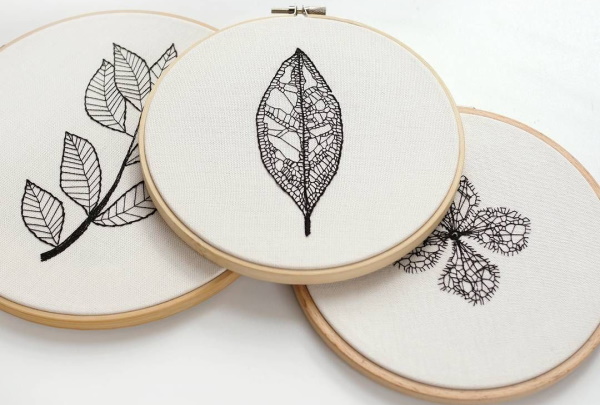
Contour images stylized as medieval engravings also look impressive. Monochrome cross stitch (the patterns are usually simple and understandable for beginners) can also contain small colored elements that create an accent. For example, scarlet lips on a black and white female portrait.
Types of monochrome embroidery
There are several varieties of single-color embroidery:
- contour;
- blackwork;
- counted cross stitch in monochrome;
- plain stitch.
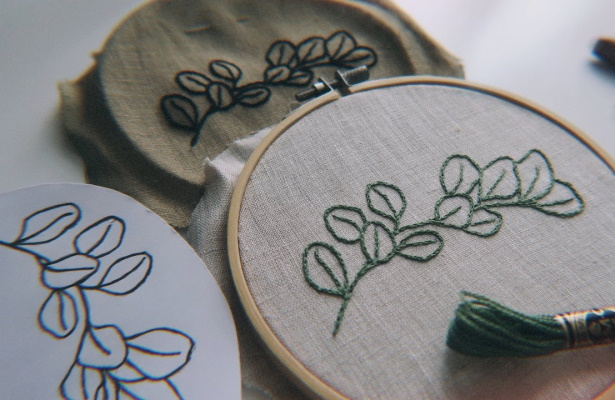
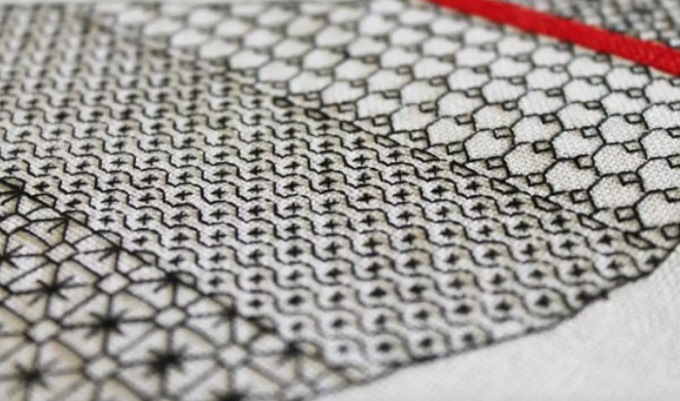
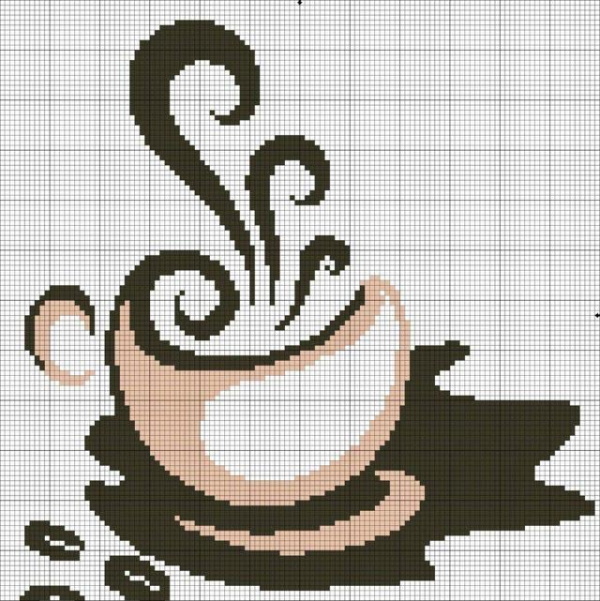
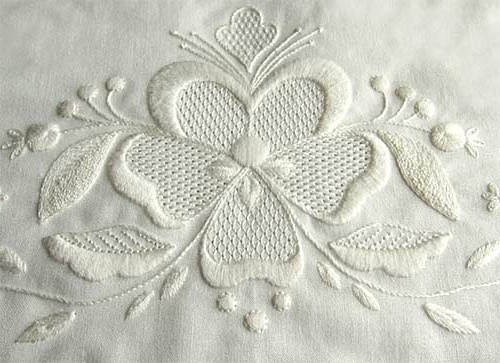
The easiest type of embroidery to perform is contour embroidery. Works in this technique resemble a schematic drawing with several lines. Such a "sketch" can be embroidered in 2 ways: with a back stitch or a cross stitch.
It will take very little time to create small outline images, and the patterns for them are very simple. This is the best option for teaching children the basics of needlework or for the first works of adult beginner embroiderers.
The blackwork style combines several basic embroidery techniques:
- backstitch;
- double seam;
- counted cross stitch.
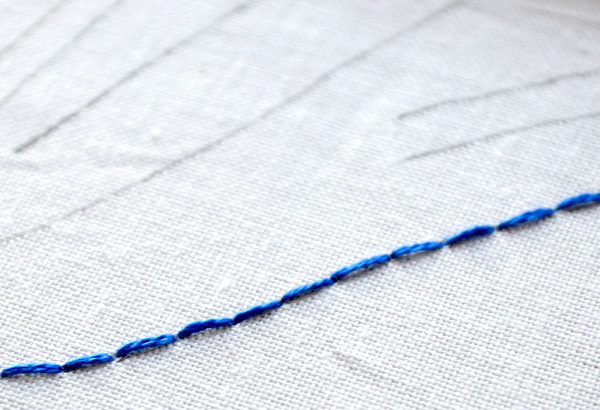
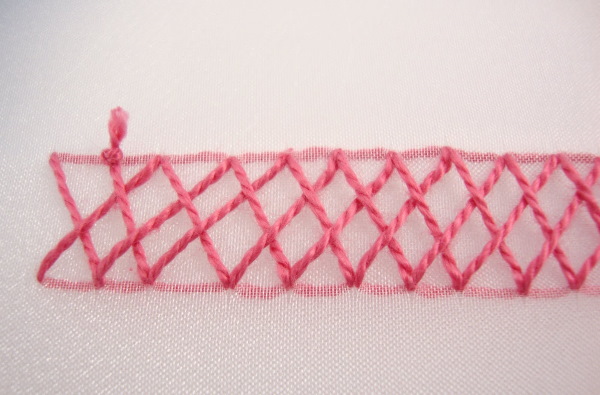
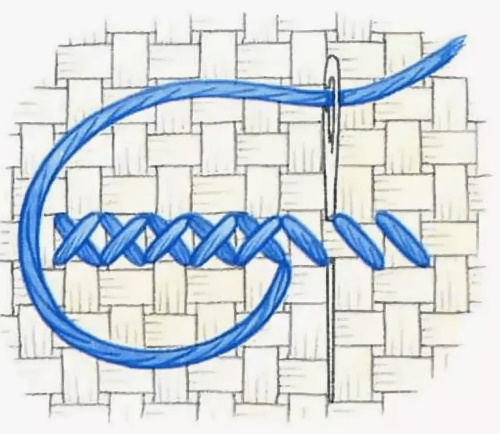
"Classic" blackwork is an image with various contour stitches, embroidered with black threads on a white base. The basic stitch for this type of embroidery is the backstitch, or "back needle". Changing the number of threads in the stitch and using several close shades of gray allows you to achieve expressive light and shadow effects.
Blackwork also often uses a double stitch, which is also called the "Holbein stitch." It is done in two steps. First, a "forward needle" stitch is made, and then the gaps between the resulting stitches are filled. By changing the direction of the stitches, patterns can be created that resemble fine lace.

In modern blackwork, it is allowed to include colored or black fragments in a counted cross. Bright accent elements in a black and white composition look very impressive. Blackwork also includes embroidery that resembles a photo negative, that is, an image in white thread on a black canvas.
Cross stitch in monochrome tones is intended mainly for experienced needlework enthusiasts. Complex paintings with a fully stitched base are created by the finest transitions of shades of one color range. To create such a work, practical experience, perseverance, time and a developed color perception are required. This type of monochrome does not necessarily have to be black and white.
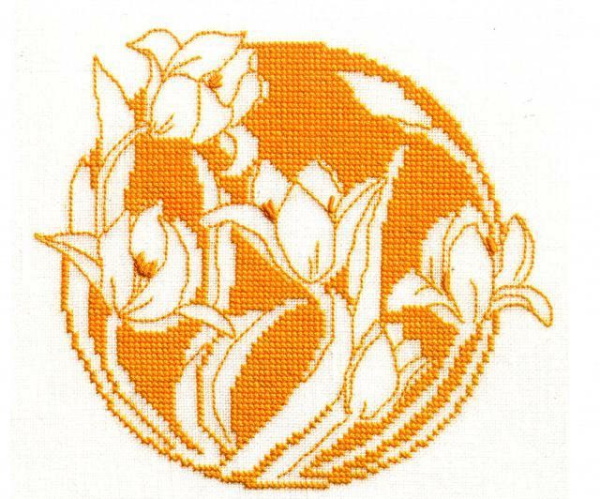
The image can be in any color scheme:
- beige;
- blue;
- red;
- green or any other.
Within one range, from 2-3 to 10-15 shades are used, depending on the complexity of the work. For example, from pale pink to bright red and dark burgundy.
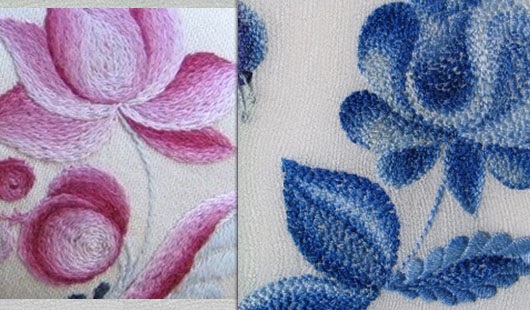
Cross stitch with partial stitching is somewhat simpler. To create such pictures you will need threads of 1-3 colors. The base can be either white or plain colored. The main thing is that the image should be clearly "readable" on it.
Single-color shadow stitch is the most difficult of all the listed types of needlework. In addition to mastering the complex technique of this embroidery, the craftswoman must have a developed artistic sense. By laying stitches in different directions and changing their length, it is possible to achieve shadow and light effects that are practically indistinguishable from real painting.
For satin stitch embroidery, not only cotton floss is used, but also silk threads.
In what products is the technique used?
Monochrome cross stitch, the patterns for which are easy to draw yourself, is used in a variety of products. There are also many options for using blackwork. The practical use of such works depends on the imagination of the embroiderer herself, the wishes of the customer or the preferences of the person to whom the product is intended as a gift.
The table shows examples of various everyday items and decorative objects that can be decorated with monochrome embroidery.
| Type of embroidery | Scope of application | Products |
| Outline thumbnail | Bijouterie | Brooches, earrings, pendants |
| Souvenirs | Postcards, keychains, magnets | |
| Interior decoration | Minimalism style paintings, photo frames | |
| Blackwork | Decorating clothes | Pockets and collars of blouses and shirts; the back of a dress, shirt, kimono robe, cardigan; cuffs; the hem of a skirt or dress. |
| Interior decoration | Paintings, lampshades, sofa cushions | |
| Household items | Box, pincushion, handkerchief, glasses case | |
| Counted cross stitch | Interior decoration | Paintings in the room's color scheme, sofa cushions, amulets, interior signs |
| Table linen | Tablecloths, napkins, napkin rings | |
| Themed holiday accessories | Wedding towels and amulets, decor for New Year, anniversary, Easter and more. | |
| Accessories for a stylish look | Bags, cosmetic bags, belts, brooches, scarves and more. |
These are just a few of the most common examples of the practical application of monochrome embroidery. Limitations may arise due to technological difficulties and the craftsman's handicraft experience. Otherwise, the list of embroidered items can be expanded and supplemented indefinitely.
Threads, tools, materials for work
To work on monochrome, you will need the same tools and materials as for regular cross stitch:
- warp;
- needles;
- threads;
- fabric marker;
- hoop;
- pincushion;
- scheme;
- small scissors.
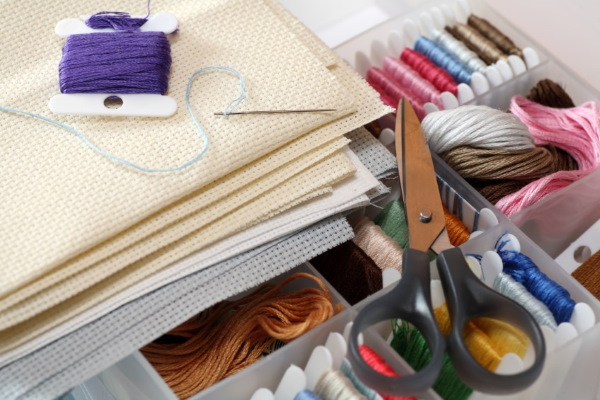
For work with partial stitching, it is better to use a dense fabric of uniform weave as a base. The absence of holes and noticeable thread directions in the unstitched areas will give the image a neat and professional look.
However, needlewomen who do not have enough experience will find it difficult to "cope" with this material. In this case, you can use a small canvas, for example, Aida No. 16 or 18. To achieve the greatest expressiveness of the monochrome, you should choose a single-color contrasting base. Dark for a light pattern and, conversely, light for a picture embroidered with dark threads.
For this type of embroidery, it is very important to mark the fabric before starting work. It is recommended to mark a complex outline drawing on the base in advance. A solid, single-color image consisting of several barely distinguishable shades also needs to be marked to avoid making mistakes during the embroidery process.
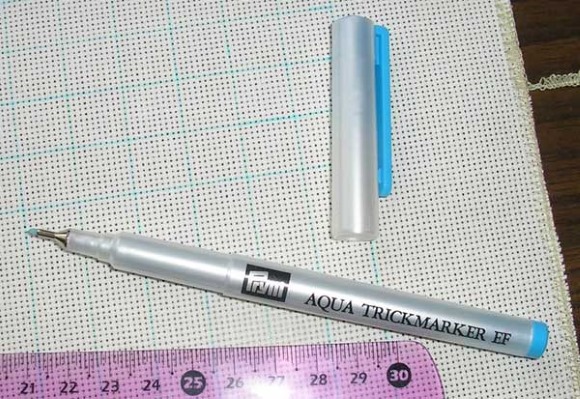
To mark the base, you should choose a special fabric marker - washable or self-disappearing. An outline drawing with incomplete stitching can be marked with an auxiliary thread, which can then be easily removed.
For contour embroidery and blackwork, you need to use a hoop or a special machine. The base should be well taut during work so that the stitches do not sag. Weak thread tension can lead to deformation of the embroidered lines and significant distortion of the pattern as a whole.
As a rule, cotton floss threads are used for embroidery. However, for some items (for example, for sofa cushions) you can use wool floss. And for decorating clothes or tablecloths with a single-color satin stitch, silk threads are used. The floss color palettes of most manufacturers include several hundred shades.
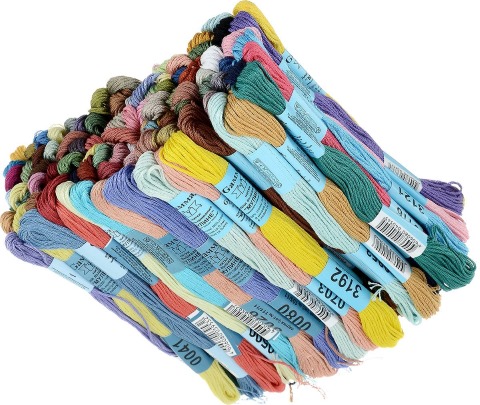
To achieve good results, you should choose products from well-known and well-established companies:
- DMC;
- Anchor;
- Madeira;
- PNK named after Kirov.
It is important that the thread does not get tangled or fluffy during the embroidery process, and does not fade when washed. The constancy of the color palette in different batches of production, such as with DMC, is of great importance. This allows you to buy additional threads of the required shades without fear of mismatch.

For embroidery, you should use special needles with a wide, elongated eye. When working on thin contour lines and laying backstitch, you need to take a thin needle with a sharp end, which will not leave noticeable punctures in the base.
Monochrome Cross Stitch Ideas
You can embroider in a monochrome style both individual items and entire compositions. There are a huge number of cross stitch patterns, among which it is easy to find what you want to embody.
Using one color or a single-color palette, you can depict the following with a needle and thread:
- patterns and ornaments;
- letters and inscriptions;
- plants (trees, leaves, flowers, branches, etc.);
- animals and birds;
- insects;
- people (figures or portraits);
- objects;
- landscapes;
- interiors;
- still lifes;
- abstract compositions.
According to the technique of image transfer, such embroidery can be:
- contour;
- silhouette;
- chiaroscuro.
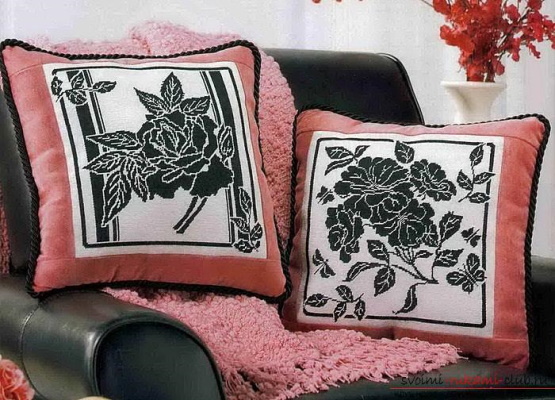


Ideas for the embodiment of a single-color pattern in embroidery can manifest themselves not only at the level of the theme or method of depiction, but also in relation to the scope of application.
Below are three of the most common uses of monochrome:
- Interior design. Embroidery of paintings, sofa cushions and other decorative items, maintained in a certain color scheme, can become a stylish decoration of the room and give a complete look.
- Set of accessories. A monochrome fashion look looks elegant and stylish. You can create a spectacular ensemble by decorating a dress and bag with embroidery or complementing your clothes with a set of embroidered jewelry.
- Thematic decoration of celebrations. Embroidery on tablecloths and napkins in a certain color scheme will be an original solution when decorating a festive table. The festive decor of the entire room will also look original.
Monochrome embroidery of towels, signs, pictures, postcards and other items can be used to decorate any holiday: wedding, anniversary, birth of a child, New Year and others.
Combinations of different techniques, color solutions, compositional combinations of different elements provide an unlimited number of interesting ideas for using monochrome.
Step-by-step description of embroidery, small and large patterns
Cross stitch "monochrome" (patterns and descriptions of themes vary in complexity) for many craftswomen can become the first step in mastering a new type of handicraft technique. Perhaps the examples of works presented further in the article will inspire lovers of hand embroidery to come up with their own original ideas.
Contours
As mentioned above, mastering monochrome should begin with contour embroidery. A small number of crosses in one color can be embroidered quite quickly even with no experience at all. The patterns for such works are extremely simple and easy to read.
Below are two examples of the simplest outline miniature with a description of the sequence of execution.
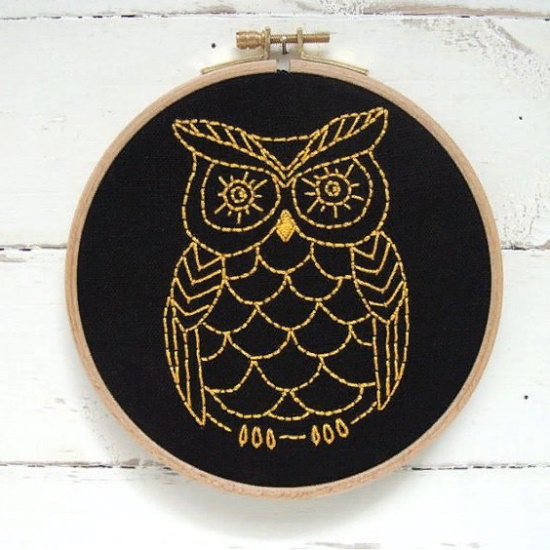

To work you will need:
- white Aida 18 canvas:
- for "Owl" 93 x 82 cells, not counting allowances;
- for "Coffee Cup" 84 x 73 cells, not counting allowances;
- 1 skein of floss:
- for "Owl" - black,
- for "Coffee Cup" - brown;
- needle;
- fabric marker;
- hoop according to the size of the fabric.
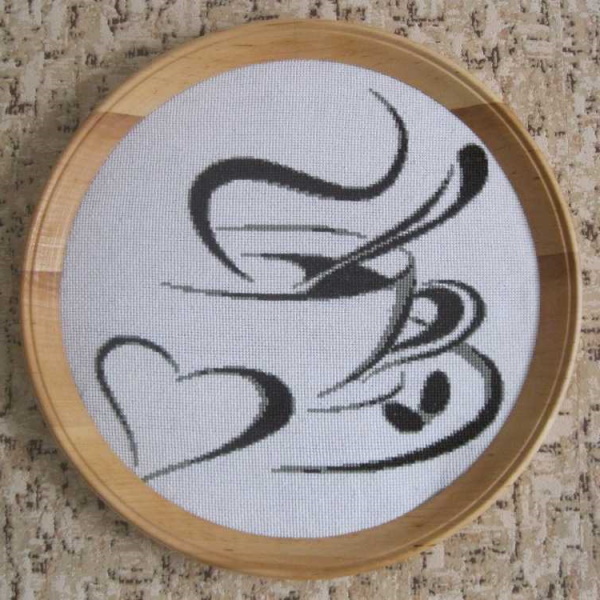

The order of work on both miniatures is the same:
- First, draw the outline of the image on the canvas cells with a self-disappearing fabric marker. You can also mark the outline or its main elements (bends, extreme points, fragments) with waste thread, which can be easily removed.
- The canvas with the intended design should be stretched well and tucked into the hoop.
- Embroider the outlines with a cross stitch in two threads, starting from any convenient place and checking with the diagram.
- Decorate the finished embroidery as you wish (in a frame, as a postcard, etc.).
Contours can be used to embroider not only miniatures, but also large images with complex interweaving of lines. For example, as in the picture below.

Working on this winter landscape will require perseverance, attention and a lot of time. The base is linen fabric of a cold blue color. The size can be chosen at will. To create a visual impression of frosted trees, it is recommended to use not white, but very light beige threads DMC № 3866.

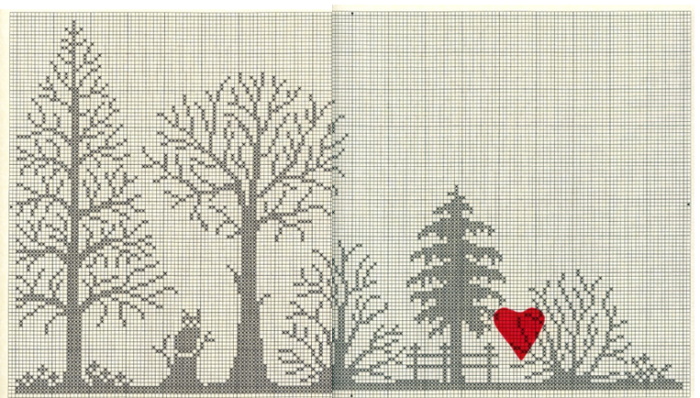

However, this plot allows experienced embroiderers to show their creative imagination. Thus, a black or dark background will help to create a night landscape, and a thread with lurex will make the picture “magical”, New Year’s. It is more convenient to start embroidering from the center of the composition, making crosses with a double thread. It is also recommended to print out the pattern for convenience.
Patterns
Patterns can be abstract or consist of specific motifs (for example, floral). Beginners can take a separate motif or fragment and try to create a composition by repeating or turning it in different directions.
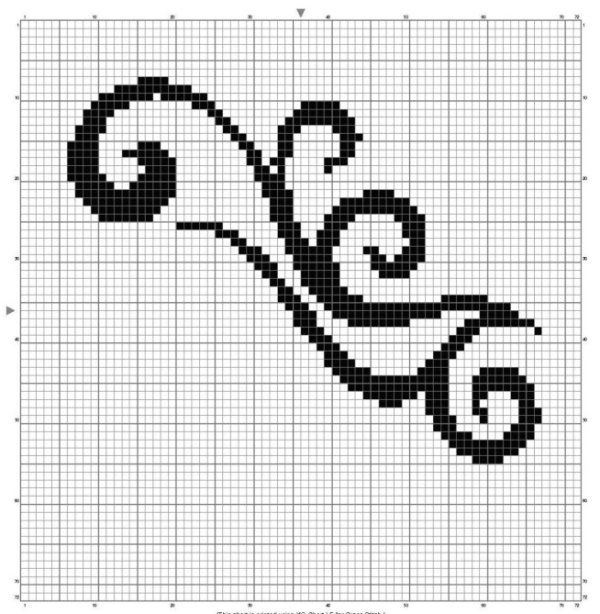
To create an abstract pattern element you will need:
- linen fabric 8 cm x 8 cm, linen density – 12 threads / 1 cm;
- floss threads of the required color;
- embroidery needle;
- a hoop of suitable diameter;
- washable marker or marking thread.
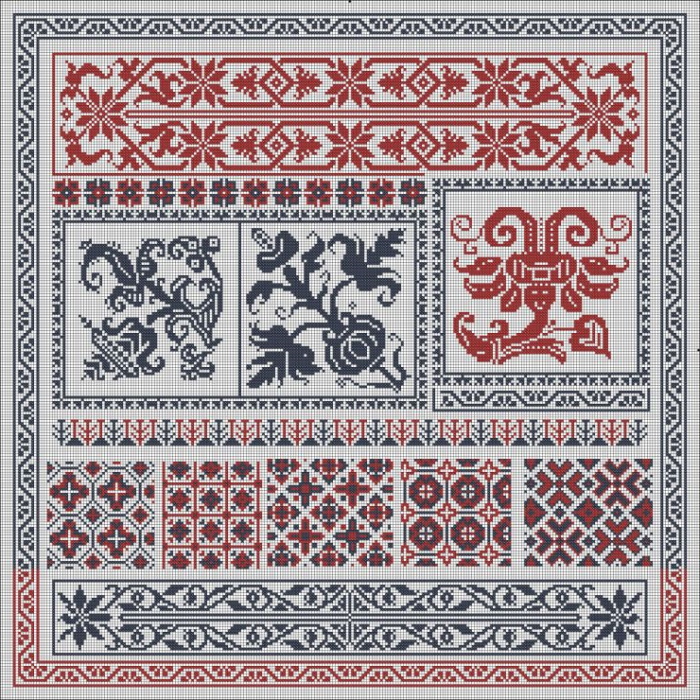
The ornaments from the following pattern can be embroidered in different ways:
- in the form of the presented composition;
- use a separate motif;
- fill the entire canvas with a repeating element.
The colors of the threads and the base can be chosen at your own discretion. Some patterns are intended for two-color embodiment. They can be made in different color options. A contrasting black and white ornament looks good on a colored single-color canvas: bright red, yellow, dark blue, etc.
The same patterns will look interesting in a light and shade solution. On a white or colored base, the motif is embroidered with two shades of one color. A discreet combination of black and gray will also look impressive.

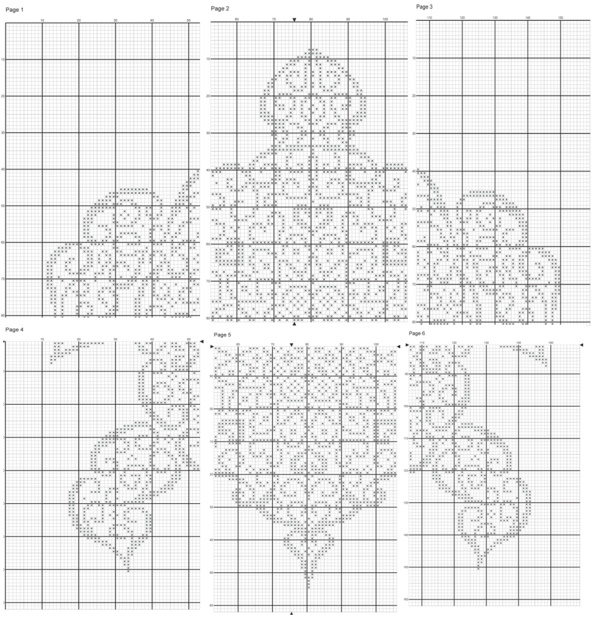
You can use patterns to “draw” images of animals. The turtle embroidery pattern is intended for experienced craftswomen. You will need a 14-count canvas (54 cells by 10 cm) for the work. The size of the finished embroidery is 162 x 162 crosses (30 cm x 30 cm).
Canvas and threads (1 color) should be selected based on the principle of contrast. You can embroider the pattern with white threads on a black base, with black threads on a white base, or choose a colored version.
It is recommended to start work from the center, which is easy to find by folding the fabric in half in the longitudinal and transverse directions. You can also embroider in sectors, the sequence of which is shown in the figure. The work should be done with a double thread.
Floristics
Plant motifs are often found in monochrome embroidery.

Using a needle and thread, you can depict any plant or its fragments:
- flowers;
- leaves;
- branches;
- trees;
- berries;
- vegetables and fruits.
Several simple options for single-color embroidery on a plant theme:
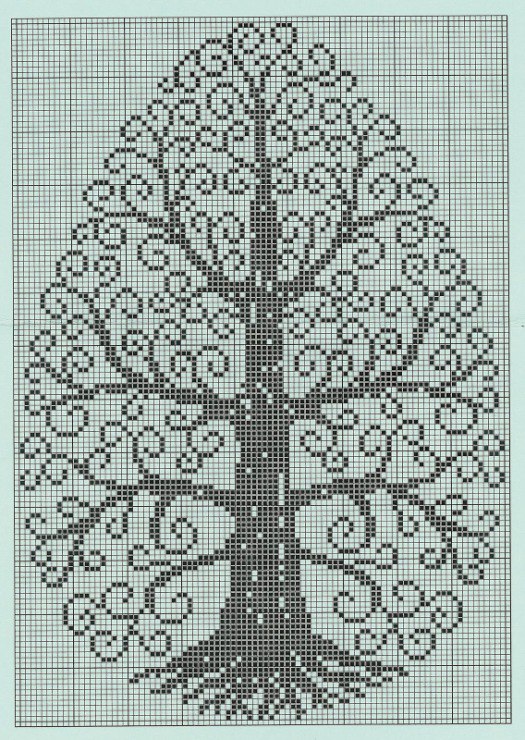
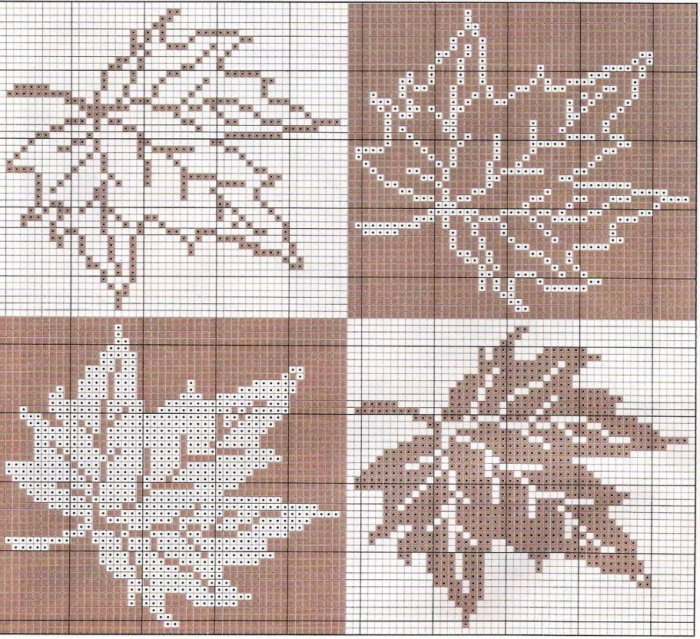 Floral motifs can be used to decorate small items:
Floral motifs can be used to decorate small items:
- handkerchief;
- sachet;
- cosmetic bag;
- clutch.
Laconic floral embroidery will look good on a dress or blouse. A composition of maple leaves will suit the decor of a sofa cushion. Taking one of the four motifs as a basis, you can embroider a border on a tablecloth or towel.
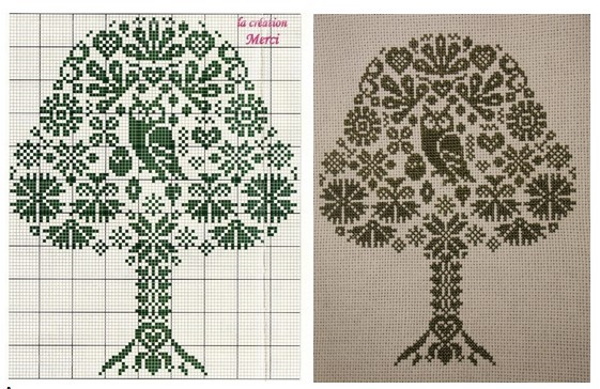
The process of embroidering trees will take more time, despite the fact that each work will require one color of thread. For an egg-shaped tree, it is recommended to first draw the contours of thin branches on the base with a fabric marker.
For a tree with an owl, it will be enough to mark the position of some elements for orientation. An image embroidered on a small canvas is suitable for decorating a postcard. By increasing the size by using a canvas of a larger count, you can decorate an interior picture or a pillow.
With some imagination, experienced craftswomen will find many solutions for using the “egg tree” to decorate Easter gifts and souvenirs.
Animalistics
Monochrome cross stitch, the patterns of which can be of varying complexity and size, presented further in the article are devoted to the animal world. This is one of the most popular themes among needlewomen.
The following images belong to this direction:
- domestic and wild animals;
- birds;
- fish and sea creatures;
- insects;
- fairy-tale and fantastic animals.
Embroiderers with little experience can start with small works. The embroidery pattern "Mice", despite its apparent simplicity, can cause difficulties for beginners.
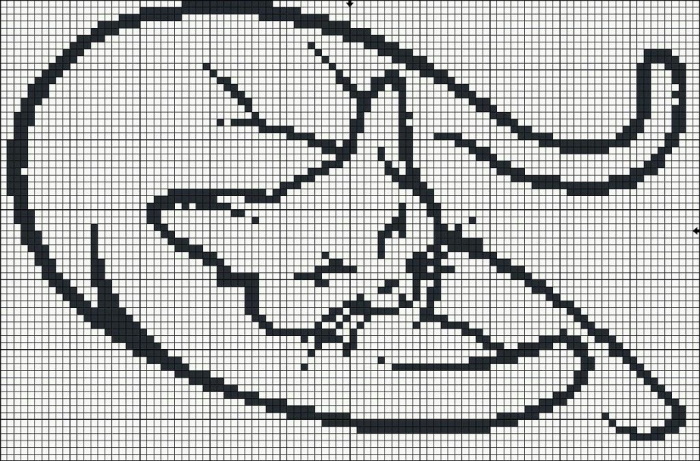
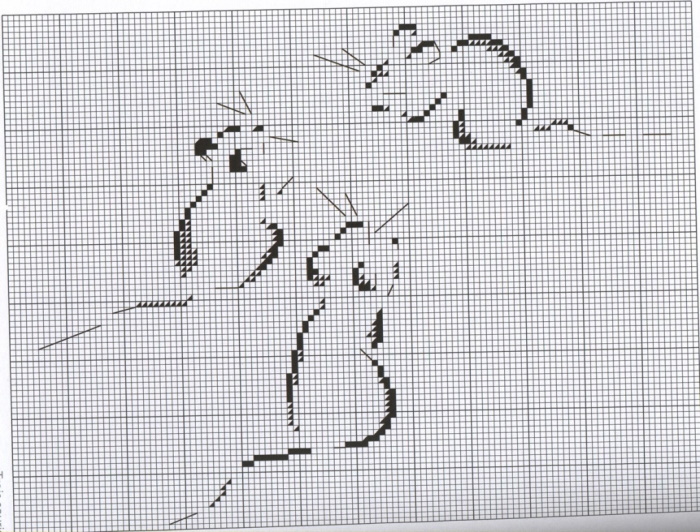
The plot uses 3 types of stitches:
- counted cross stitch;
- half cross;
- backstitch
The image should be embroidered in a certain order:
- Mark the outline on the fabric with a self-disappearing marker.
- Embroider all sections with a cross stitch using 2 threads.
- Embroider a half cross stitch in 1 thread.
- Perform a backstitch with a single thread.
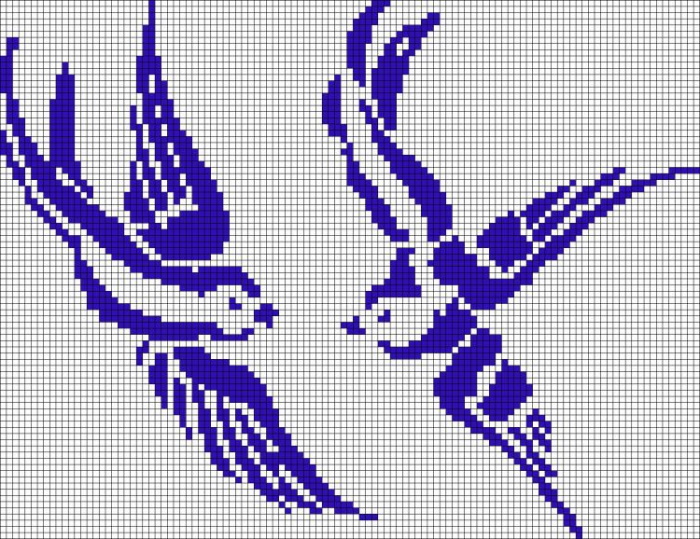

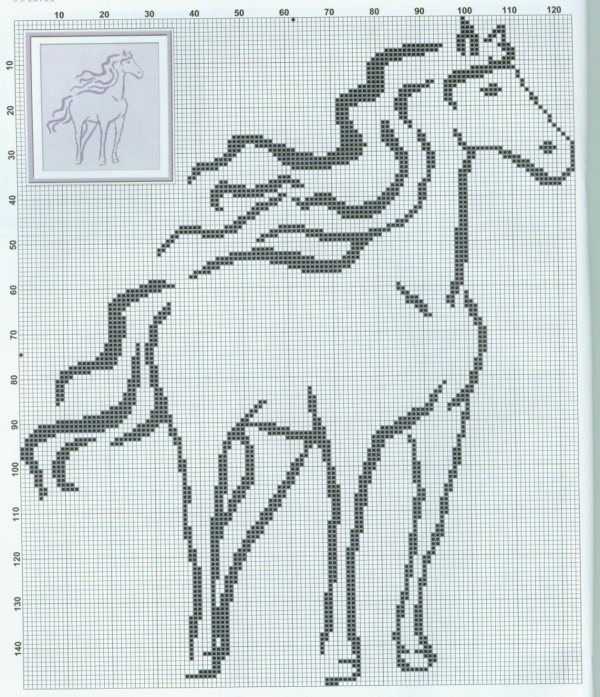
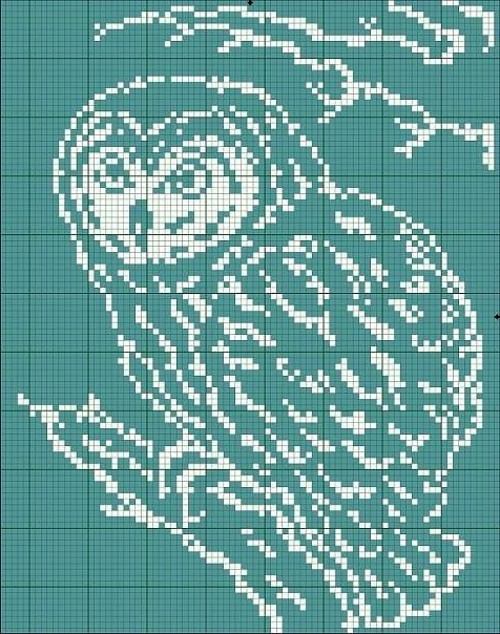
You can use black or dark gray threads for the work, and also embroider the picture with colored floss at your discretion. Birds, a lion, an owl and a horse are also available to inexperienced embroiderers. The following selection of monochrome patterns of animals and birds is intended for those who can cope with a large and complex work.
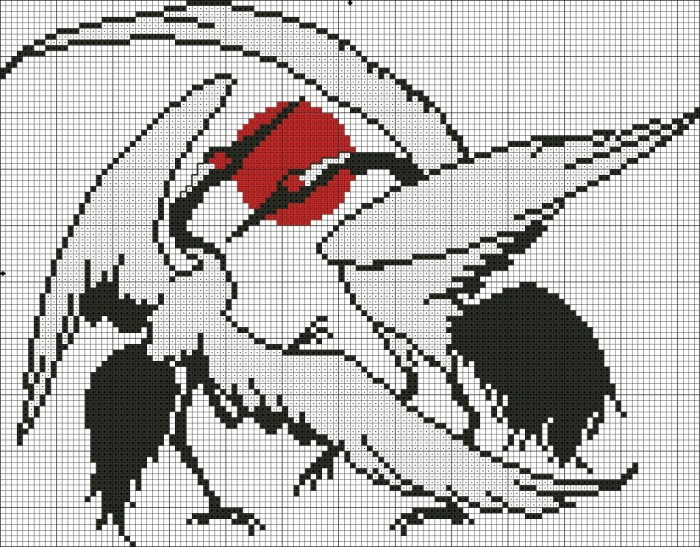
The monochrome image of cranes is complemented by a bright color accent. Such a picture can be a successful addition to the interior design in the oriental style.
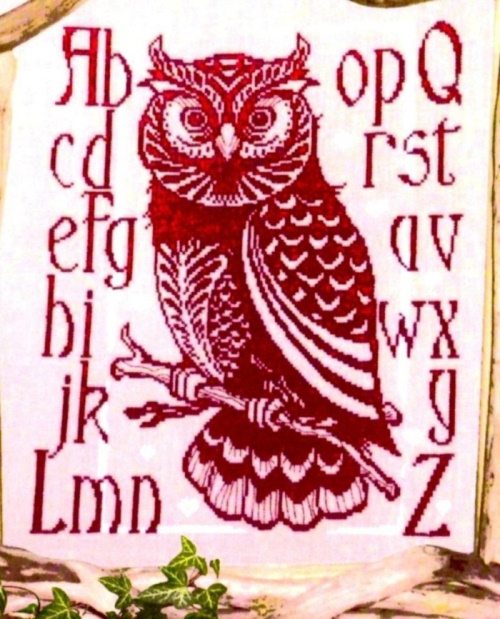
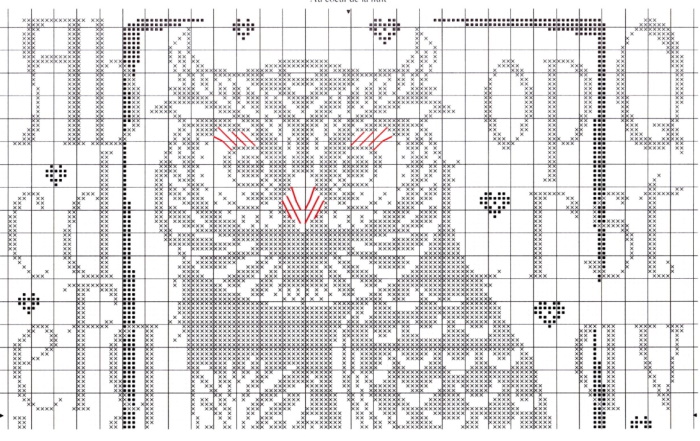
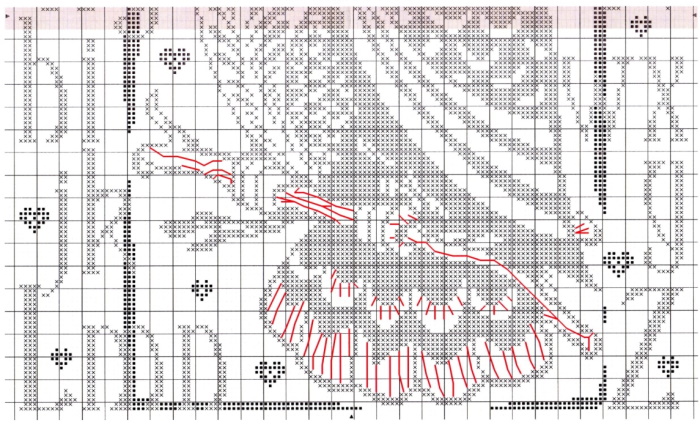
For "Owl" you will need two colors of DMC floss: 815 and 3865. The image size is 149 x 174 crosses. You should pay attention to the presence of backstitch, which is laid at the end of the work, after cross stitching.
The frame and hearts marked with darker symbols on the diagram are embroidered with white threads #3865. The remaining elements should be embroidered with red thread in 2 folds. The backstitch is done with a single thread of the same color.


In the “Cat’s Catch” plot, in addition to the counted cross stitch, quarter cross stitch and backstitch are used.
Landscapes
Landscapes in monochrome are presented in order of increasing complexity:
- Needlewomen who have mastered the basics of cross stitching can handle the winter landscape.
- "Mill" is intended for more experienced embroiderers of intermediate level.

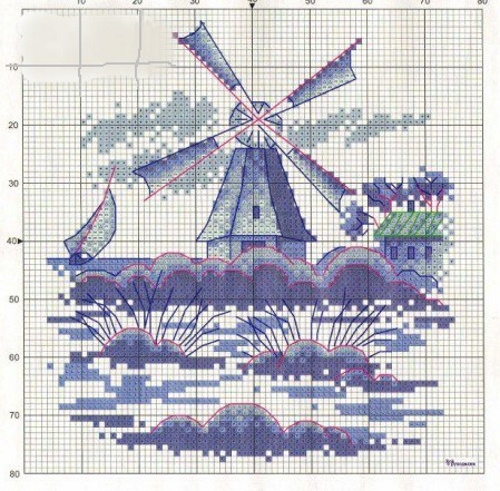

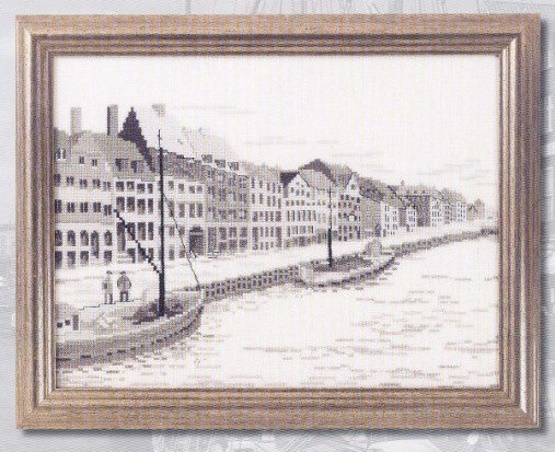
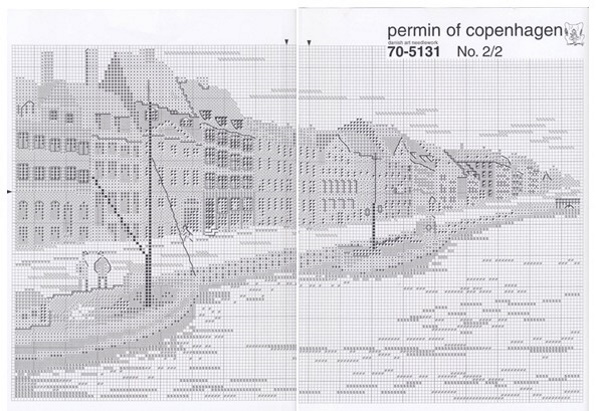
- Only experienced hand-embroidery masters can create a graphic “sketch” of the Copenhagen embankment.
Silhouettes
By using one color of thread on a contrasting background, the silhouette patterns are easy to read and the embroidery process moves along quite quickly.
A wide variety of images are embroidered in the form of silhouettes:
- animals;
- people;
- trees;
- landscapes;
- genre scenes.
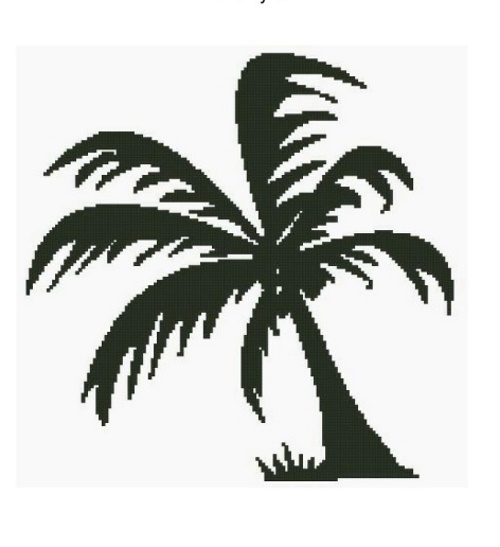
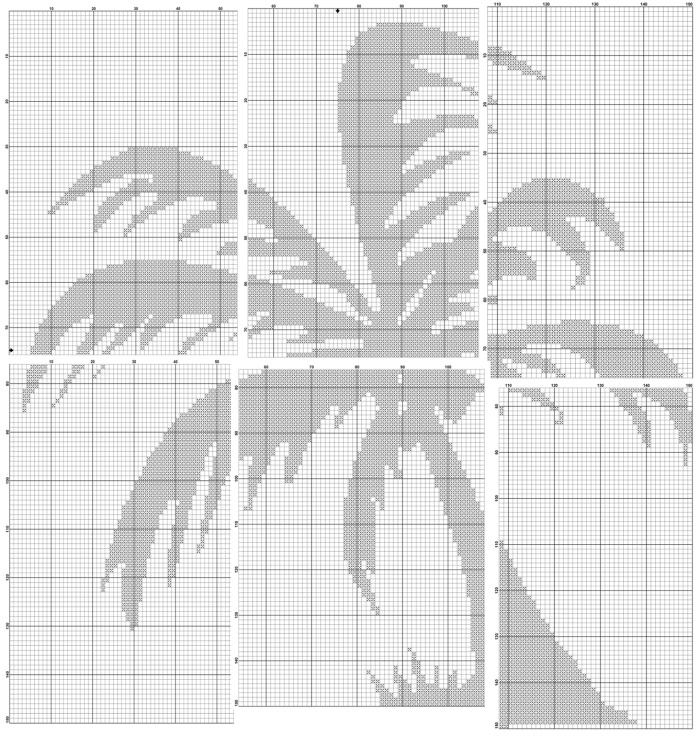
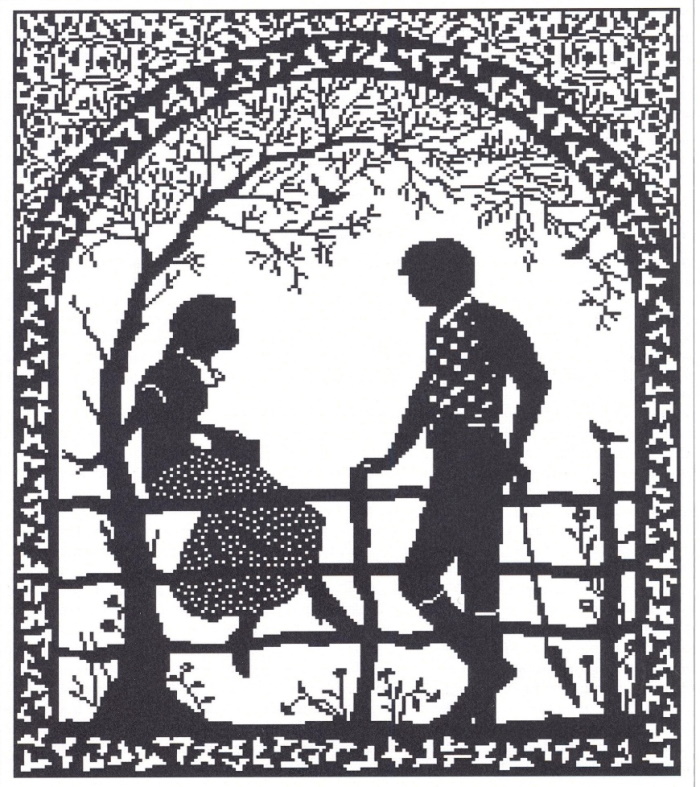
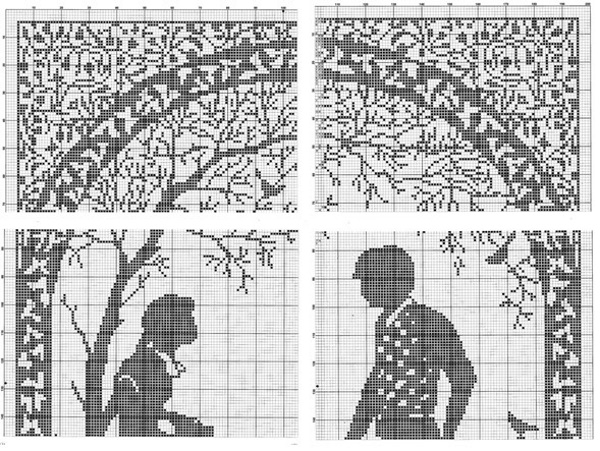
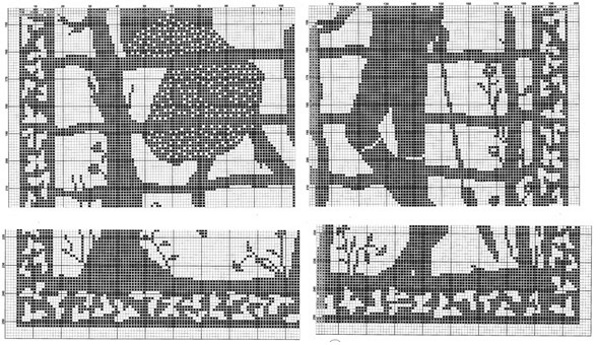
The "Meeting" plot should be embroidered in 2 threads. The color can be chosen at will.
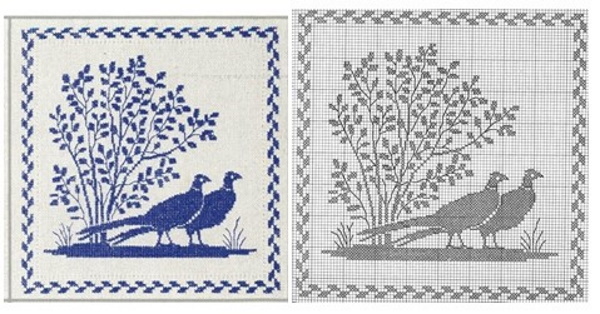
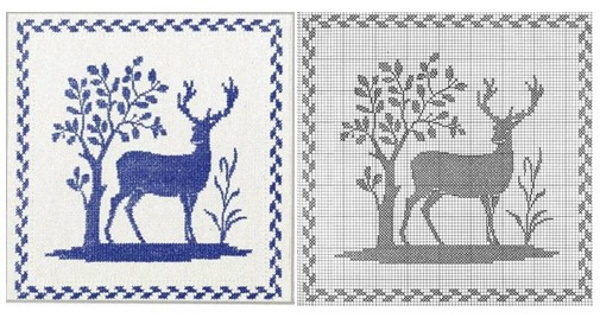

Small images of animals can be a good start in handicrafts for diligent and attentive beginners.
People
In monochrome technique various images of people are embroidered:
- portraits;
- figures;
- groups of people;
- genre compositions.
Graphic composition "Date".
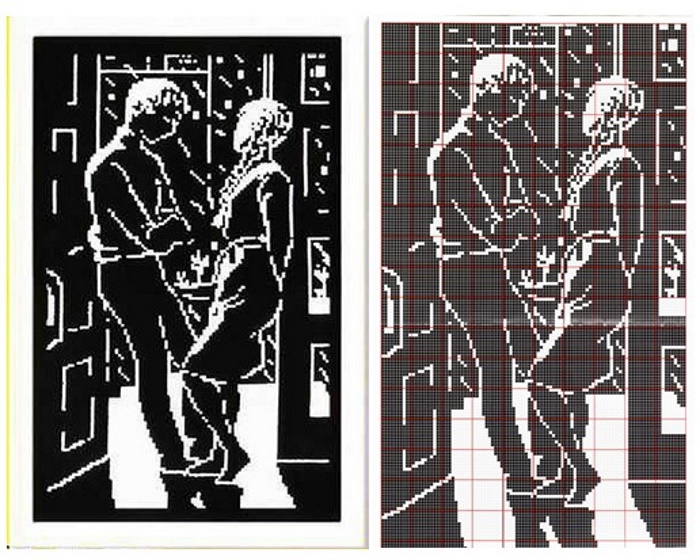
Portrait with a color accent element.
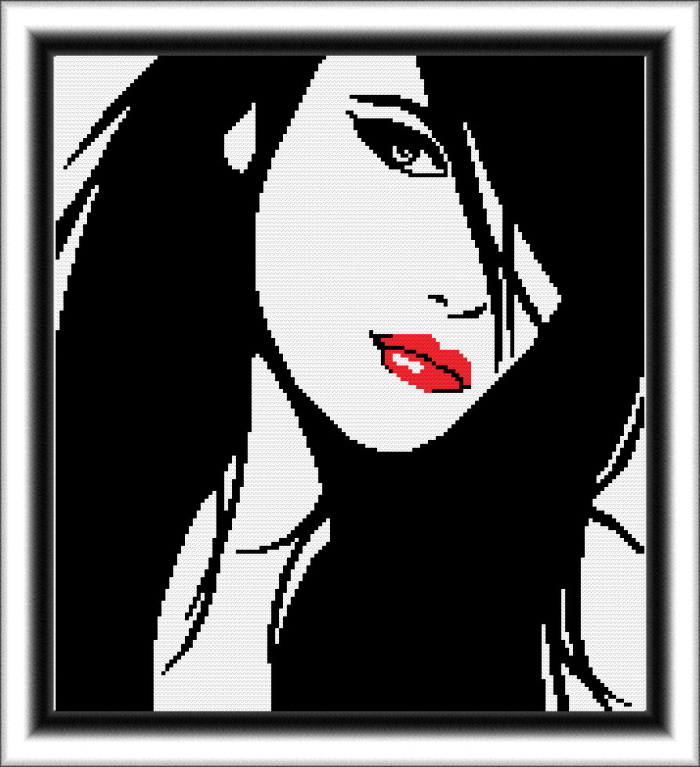


Human figures in motion are formed on unstitched areas of the canvas. The background should be filled with a half-cross, melange thread in 2 folds.
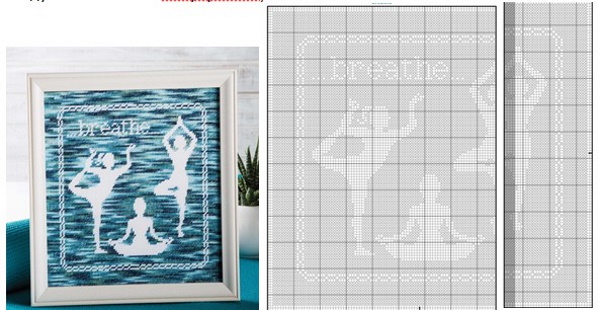
Modern monochrome cross stitch is very versatile. Any needlewoman will easily find a pattern for an image or a whole plot according to her taste and skill level.
Author: Veronica Reutova
Video about embroidery
Cross stitch monochrome. Schemes:
